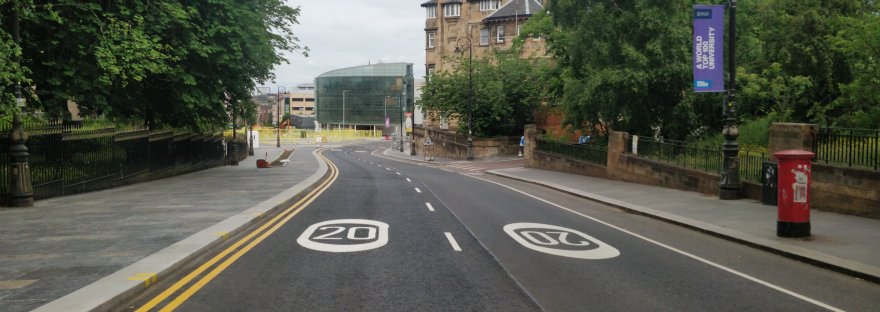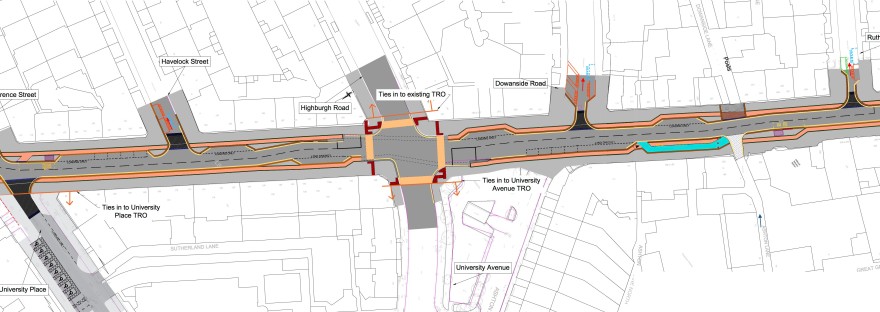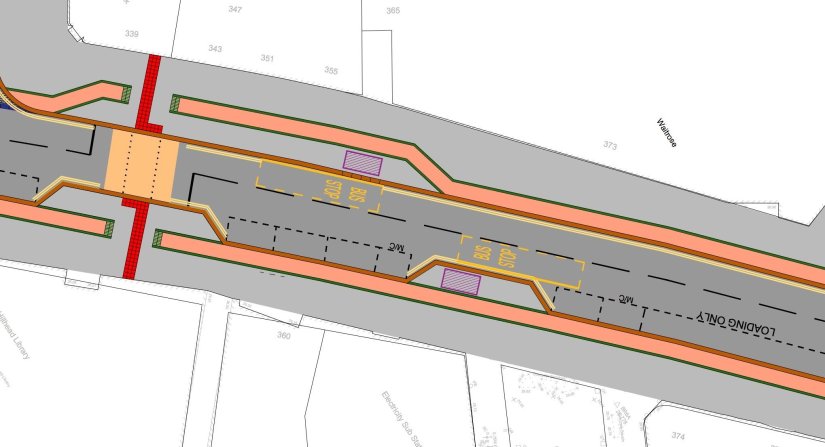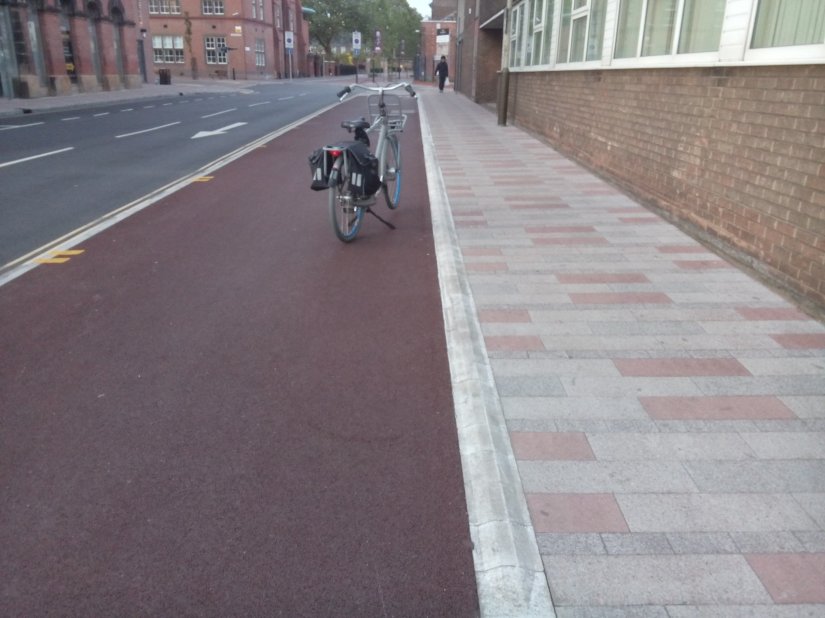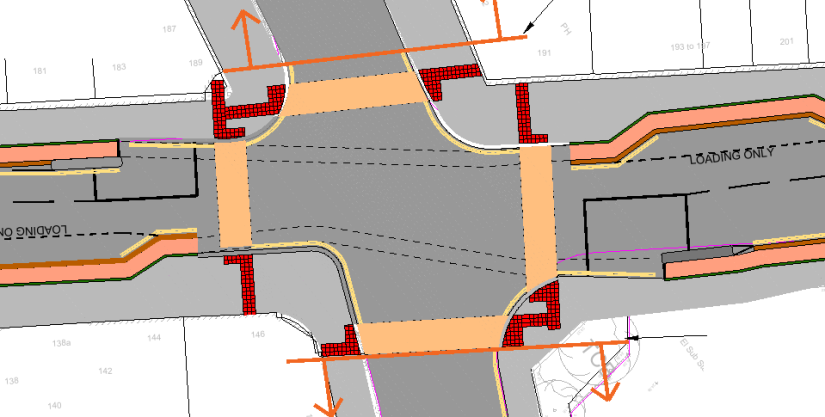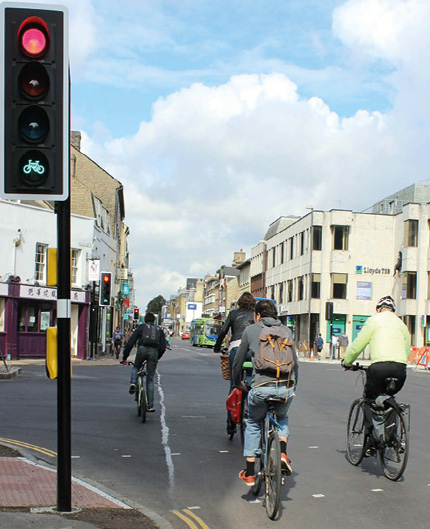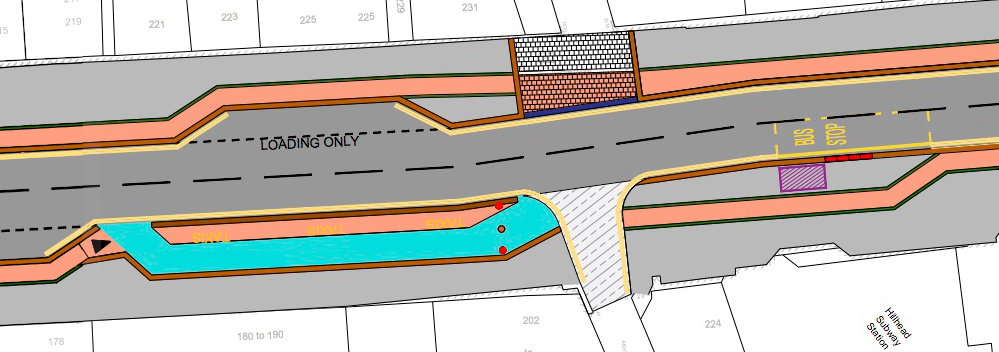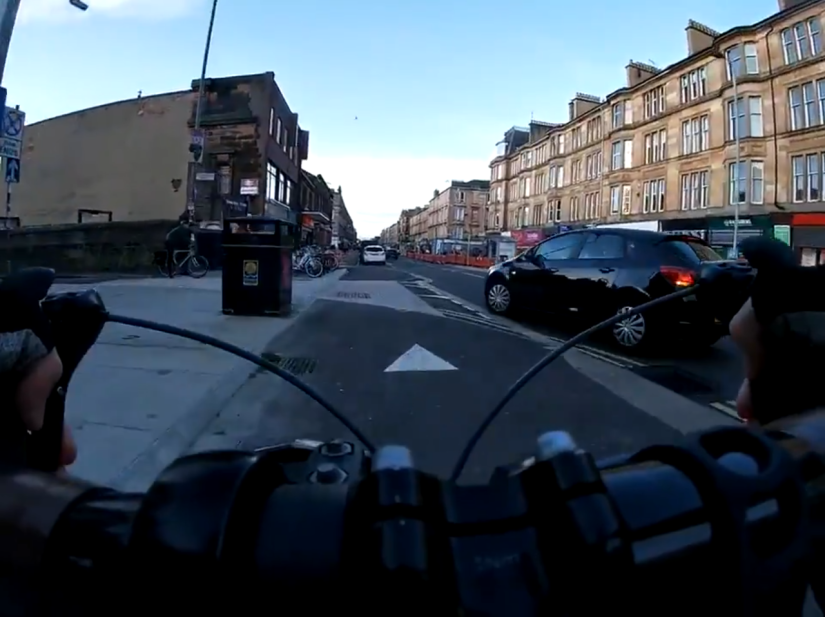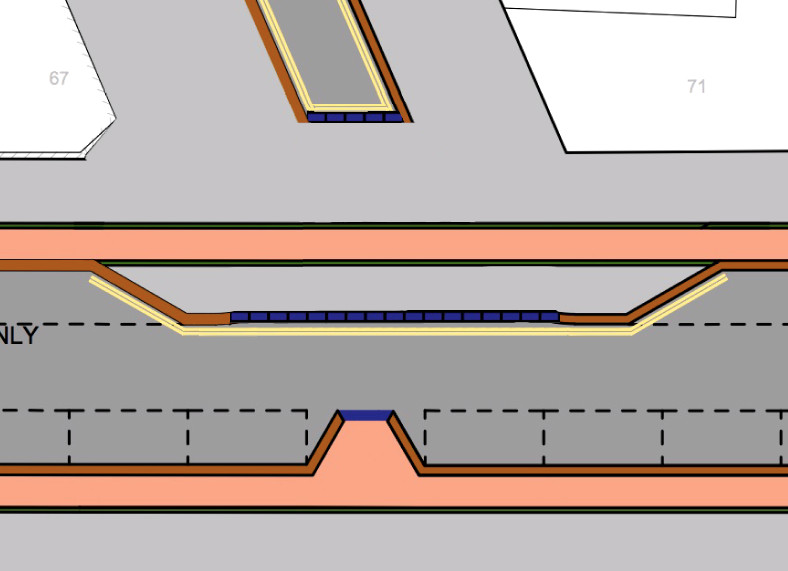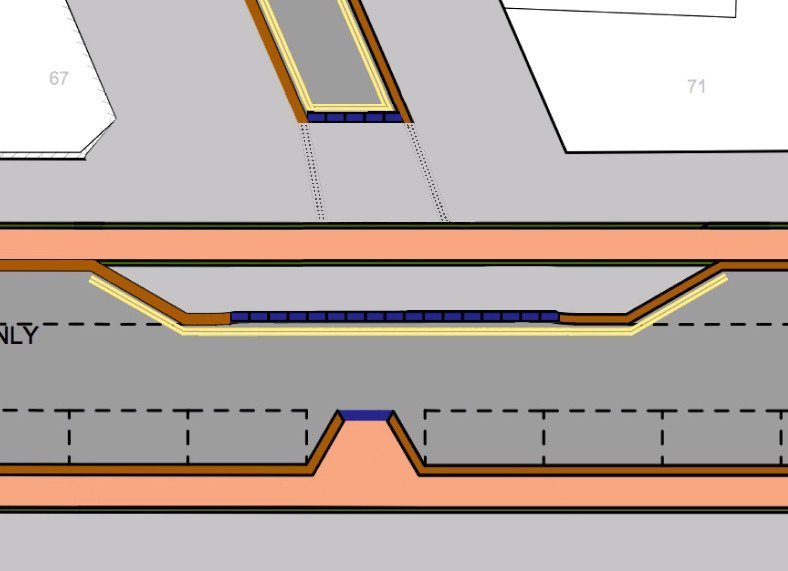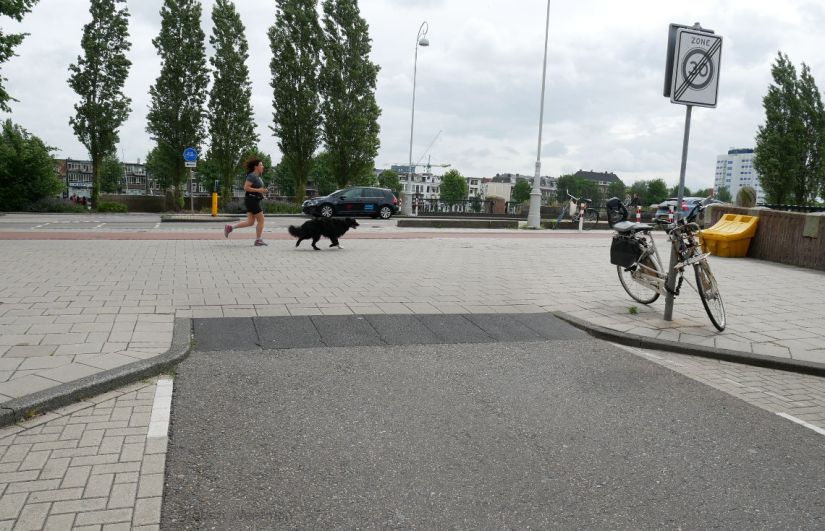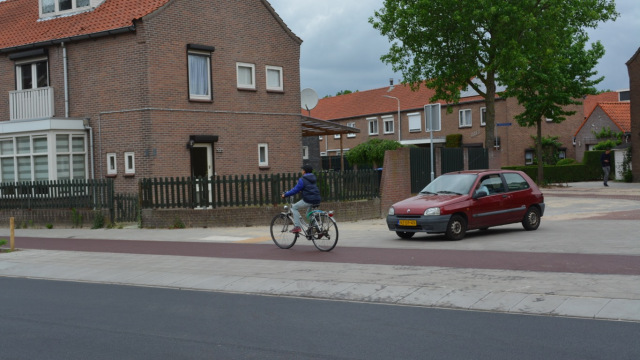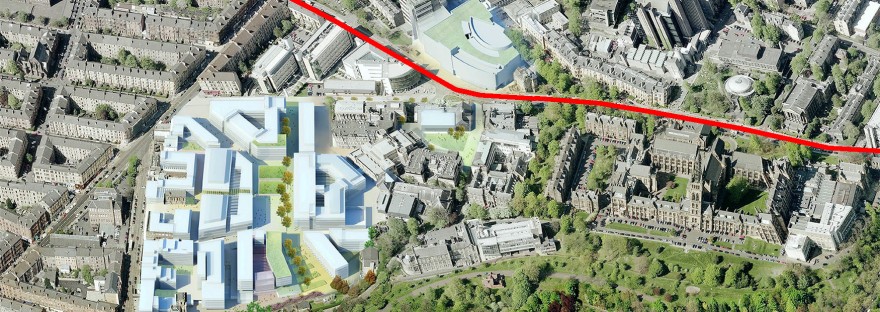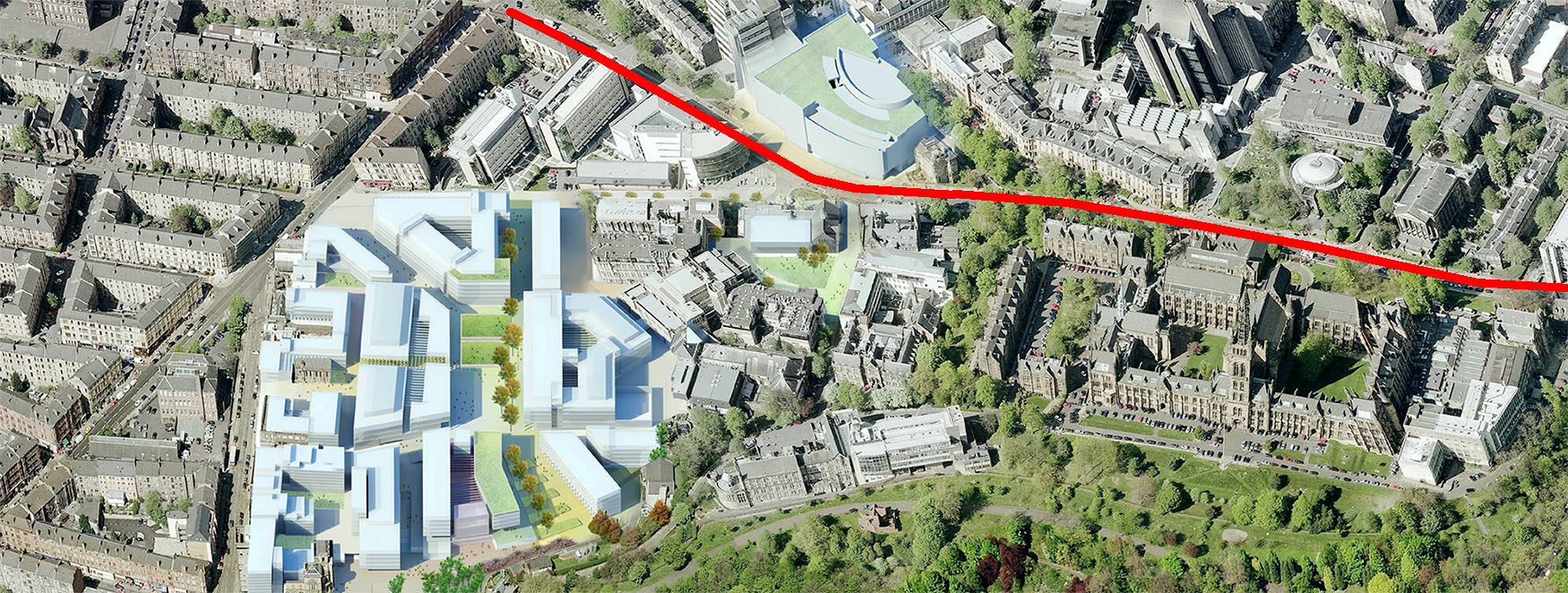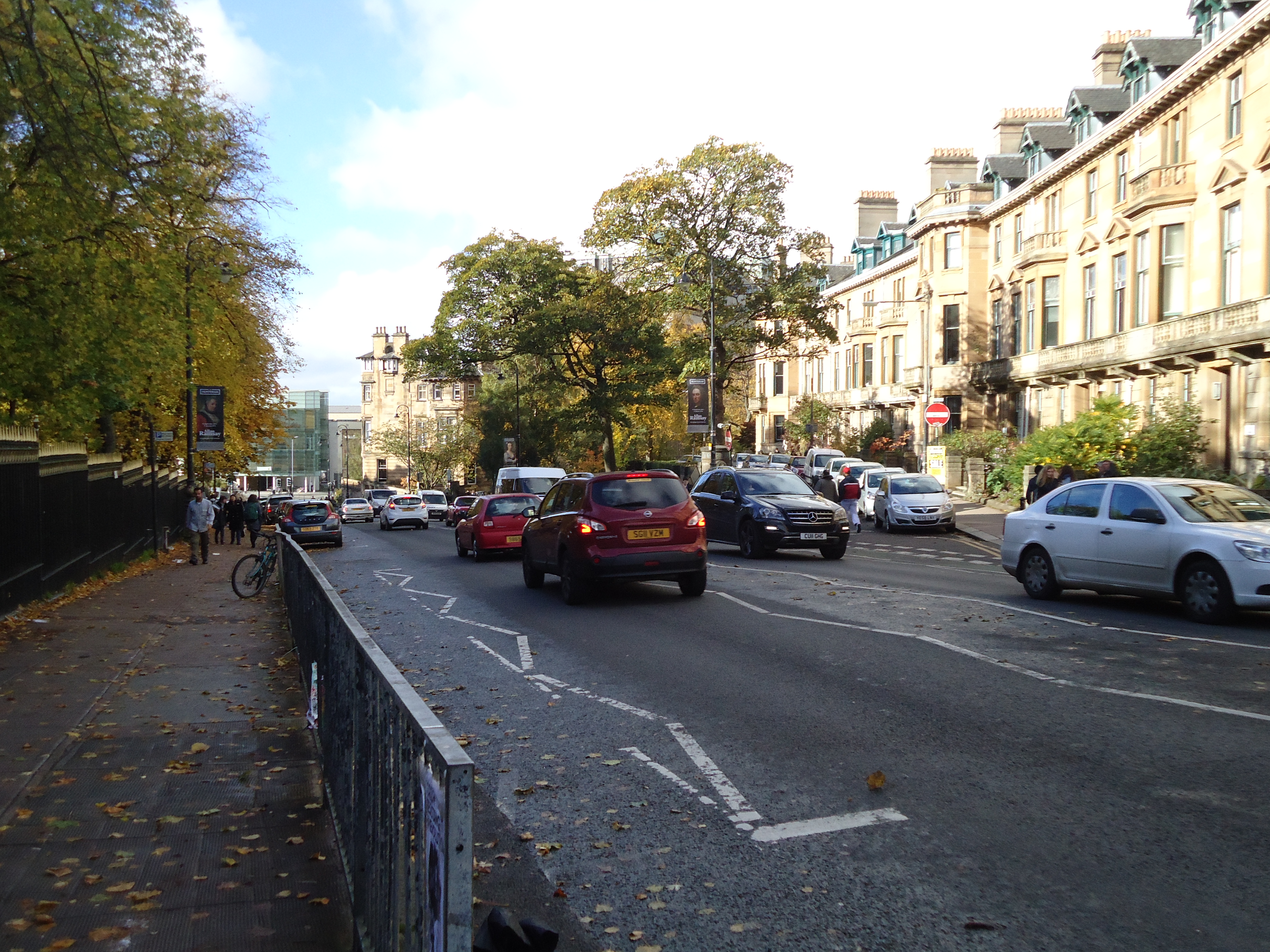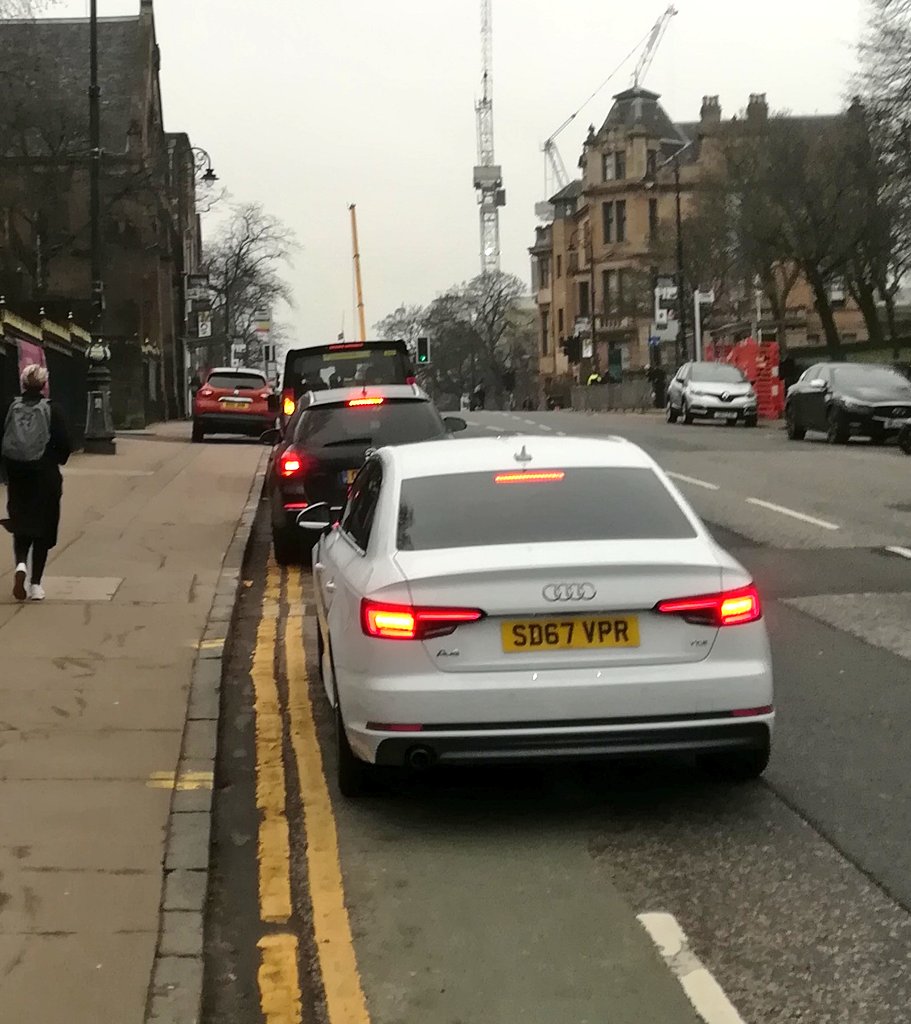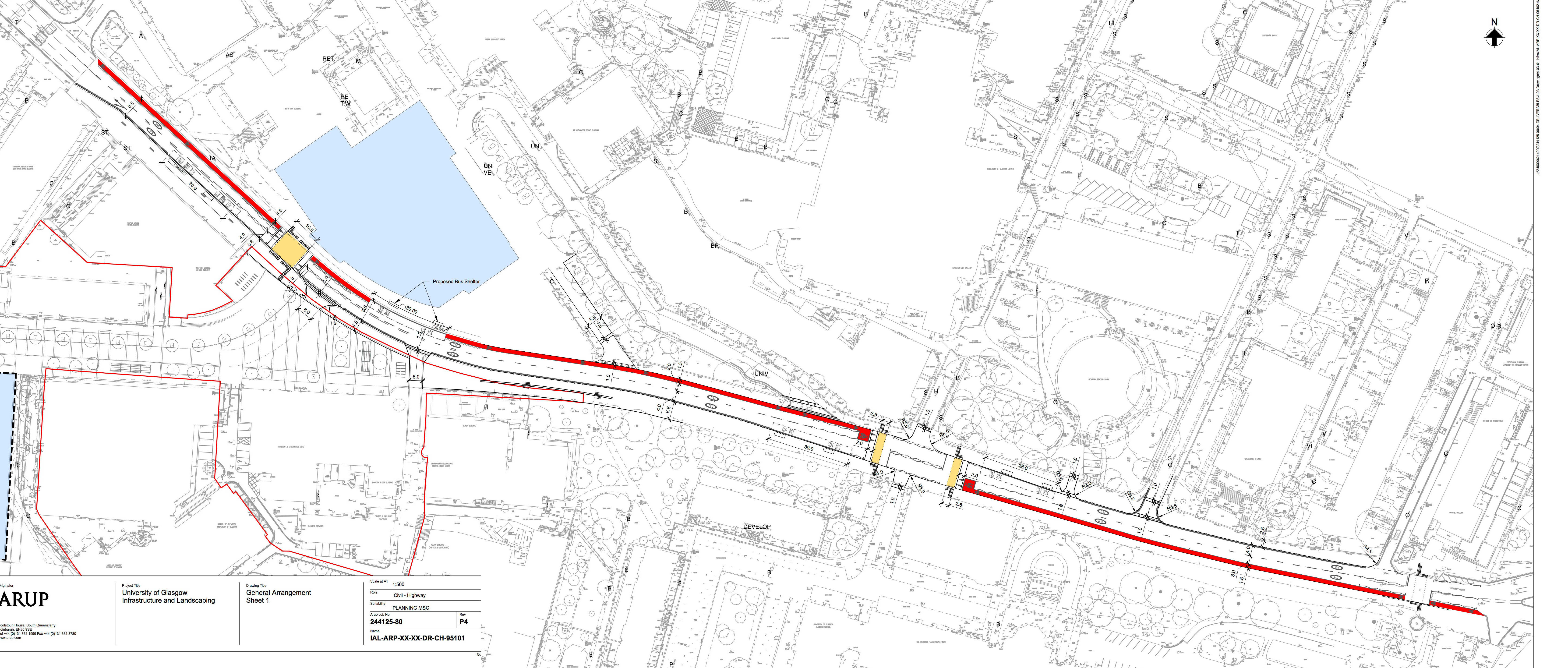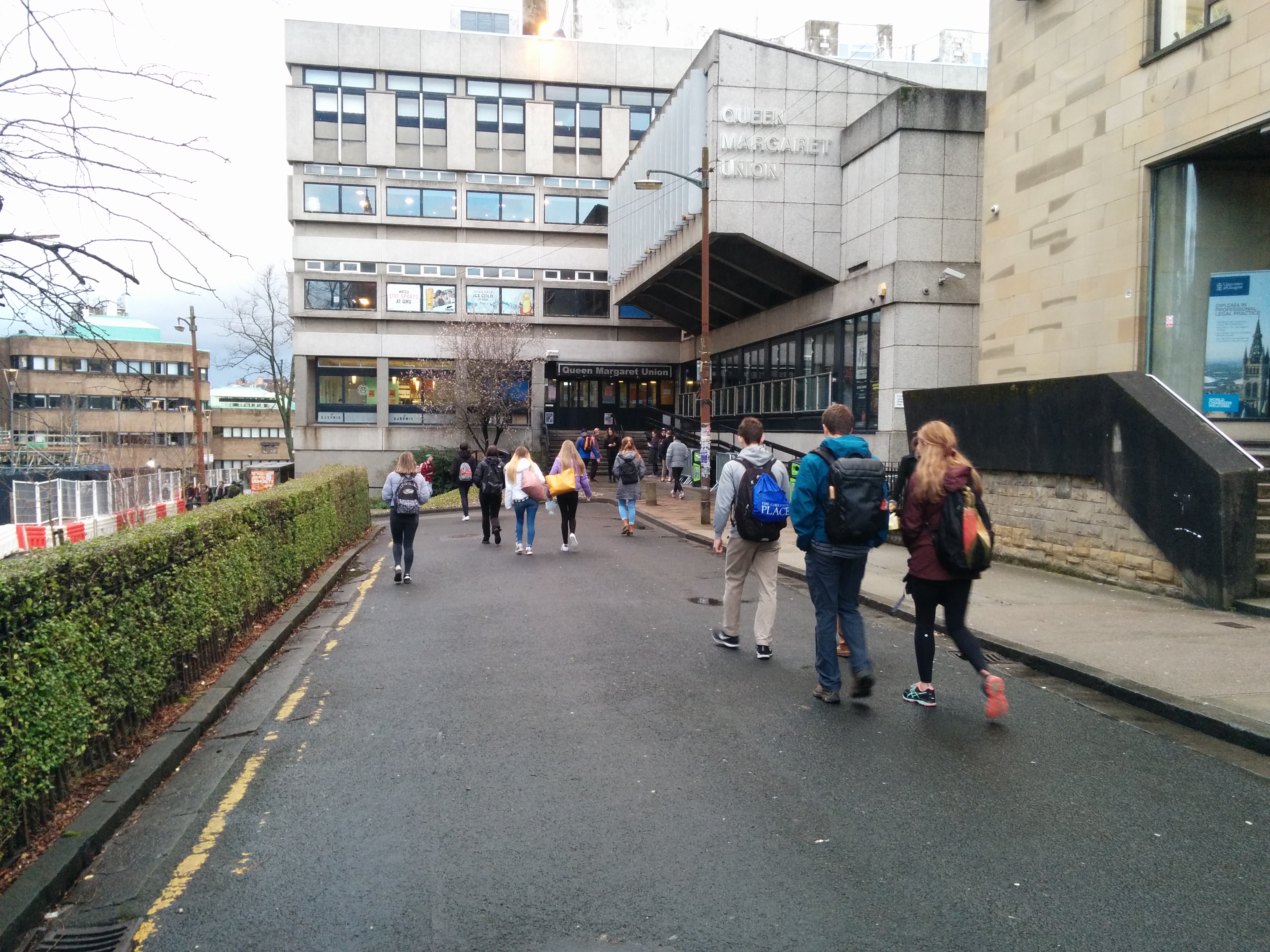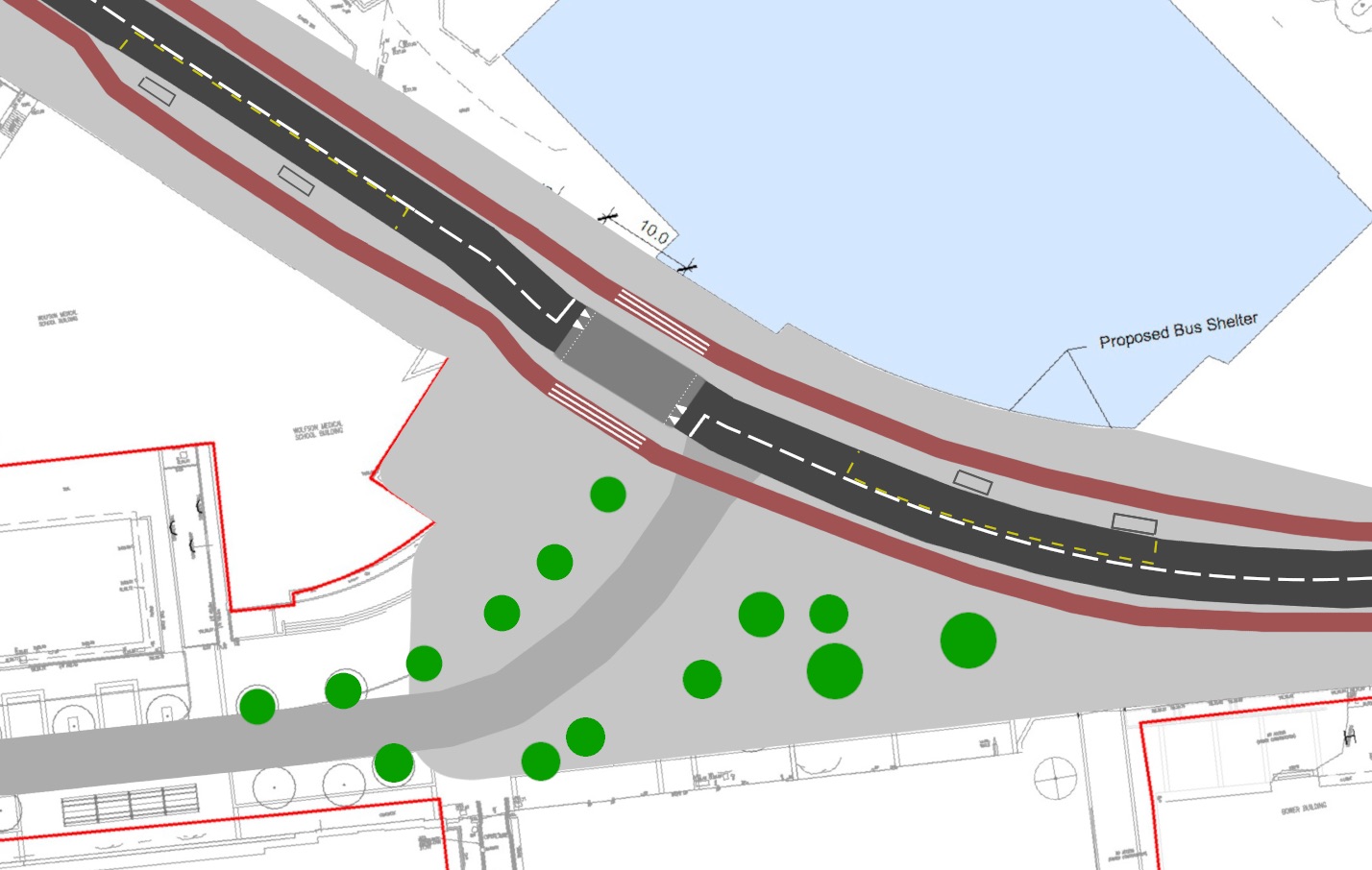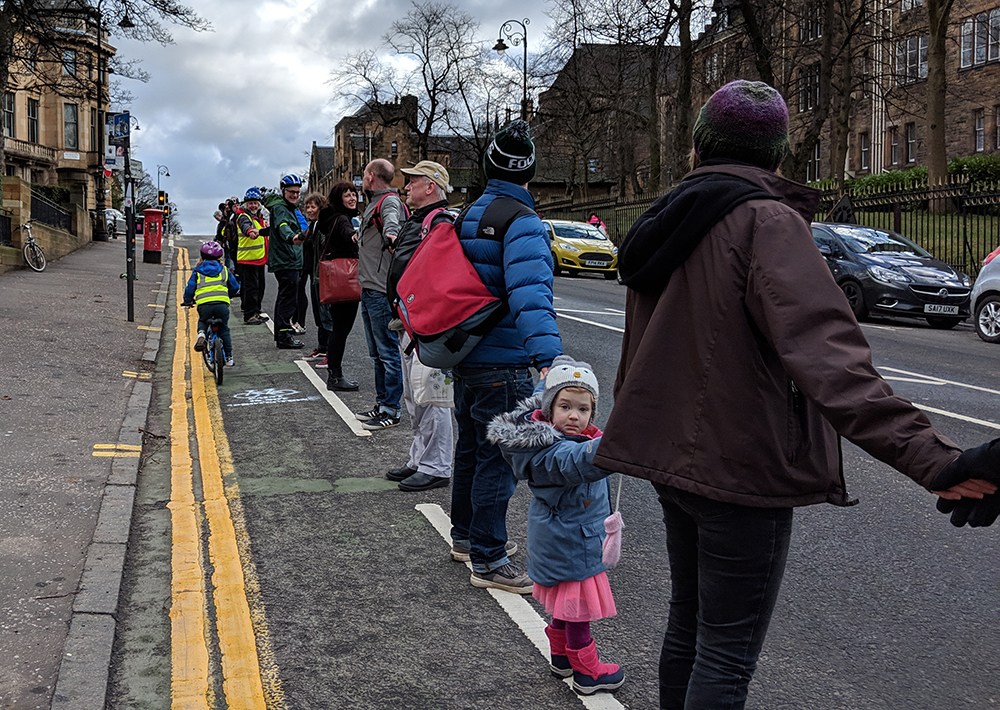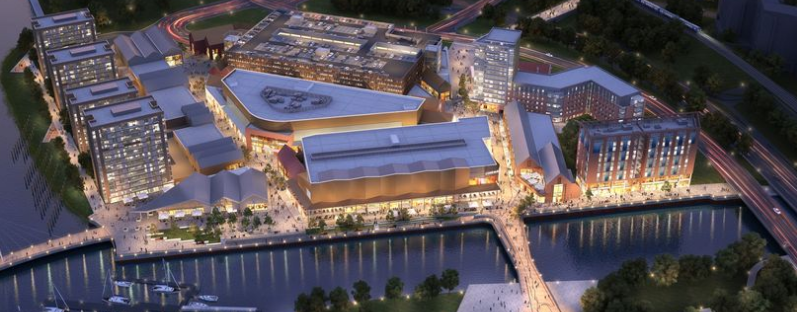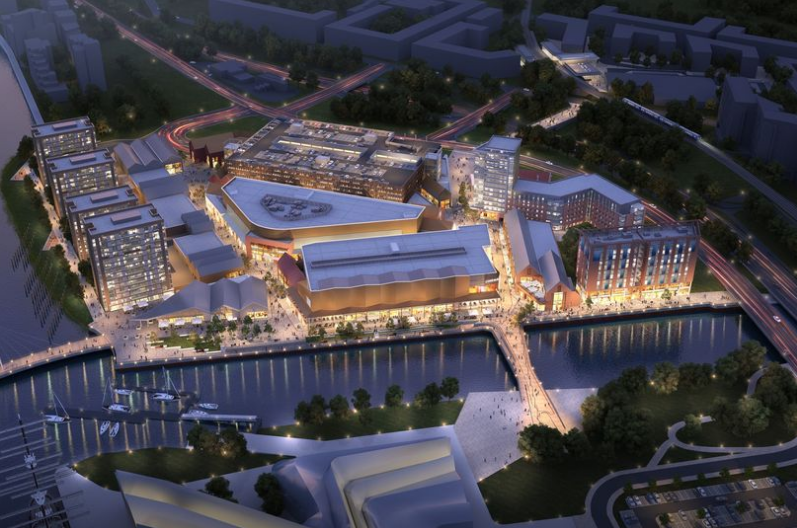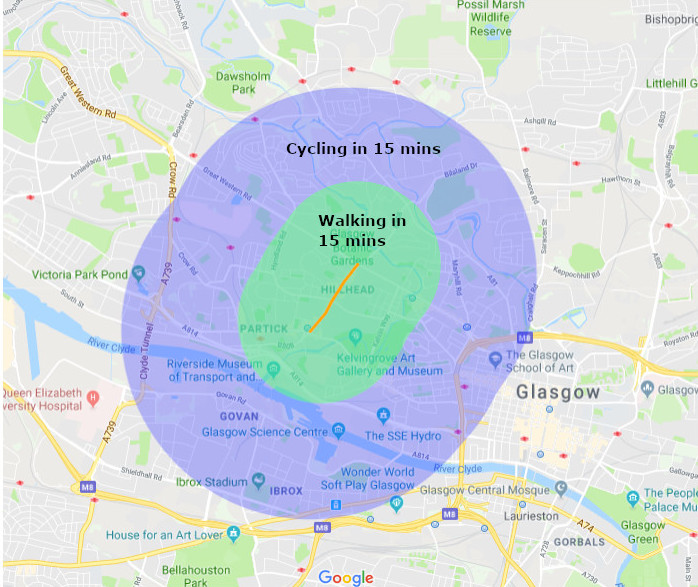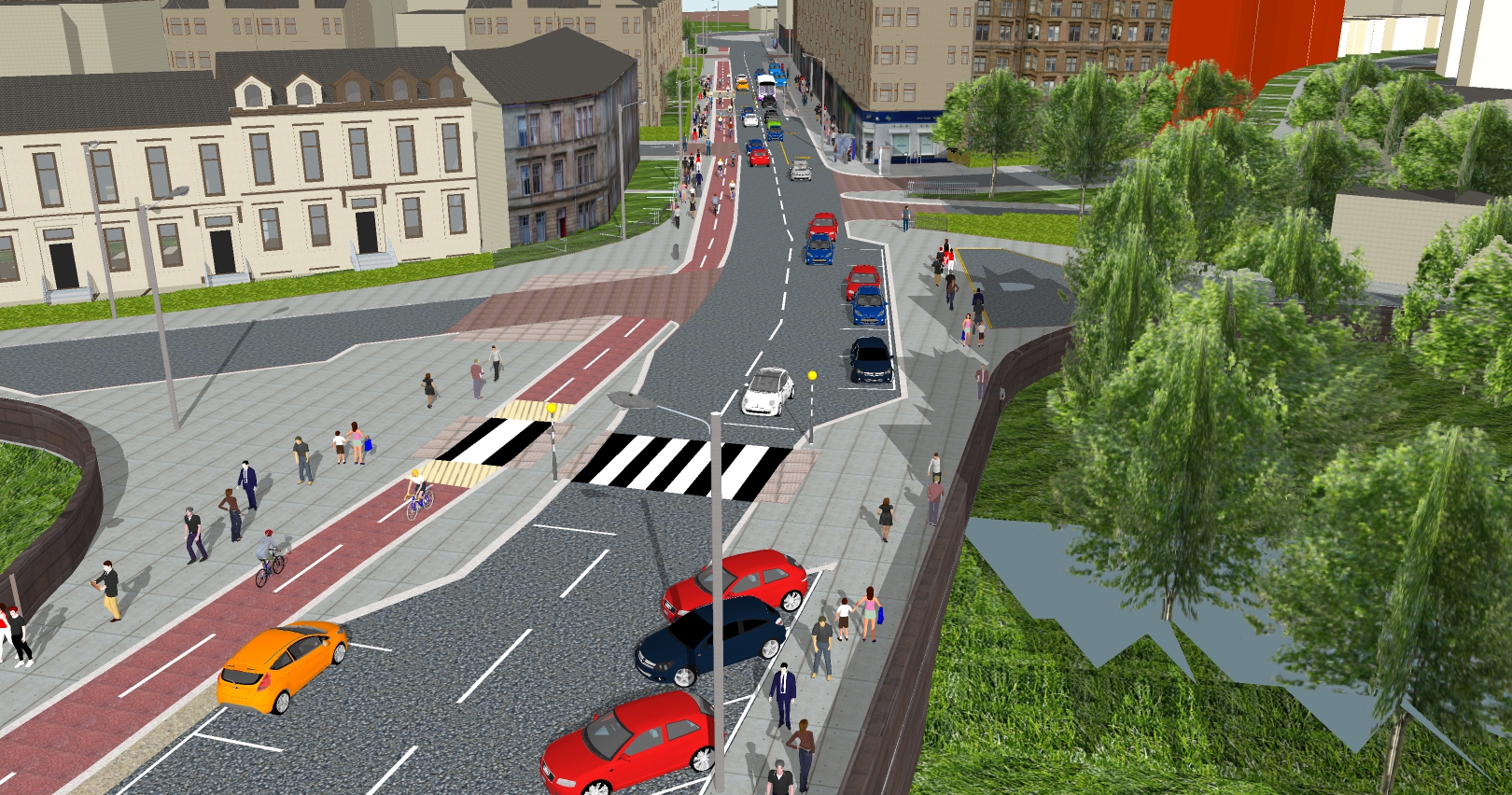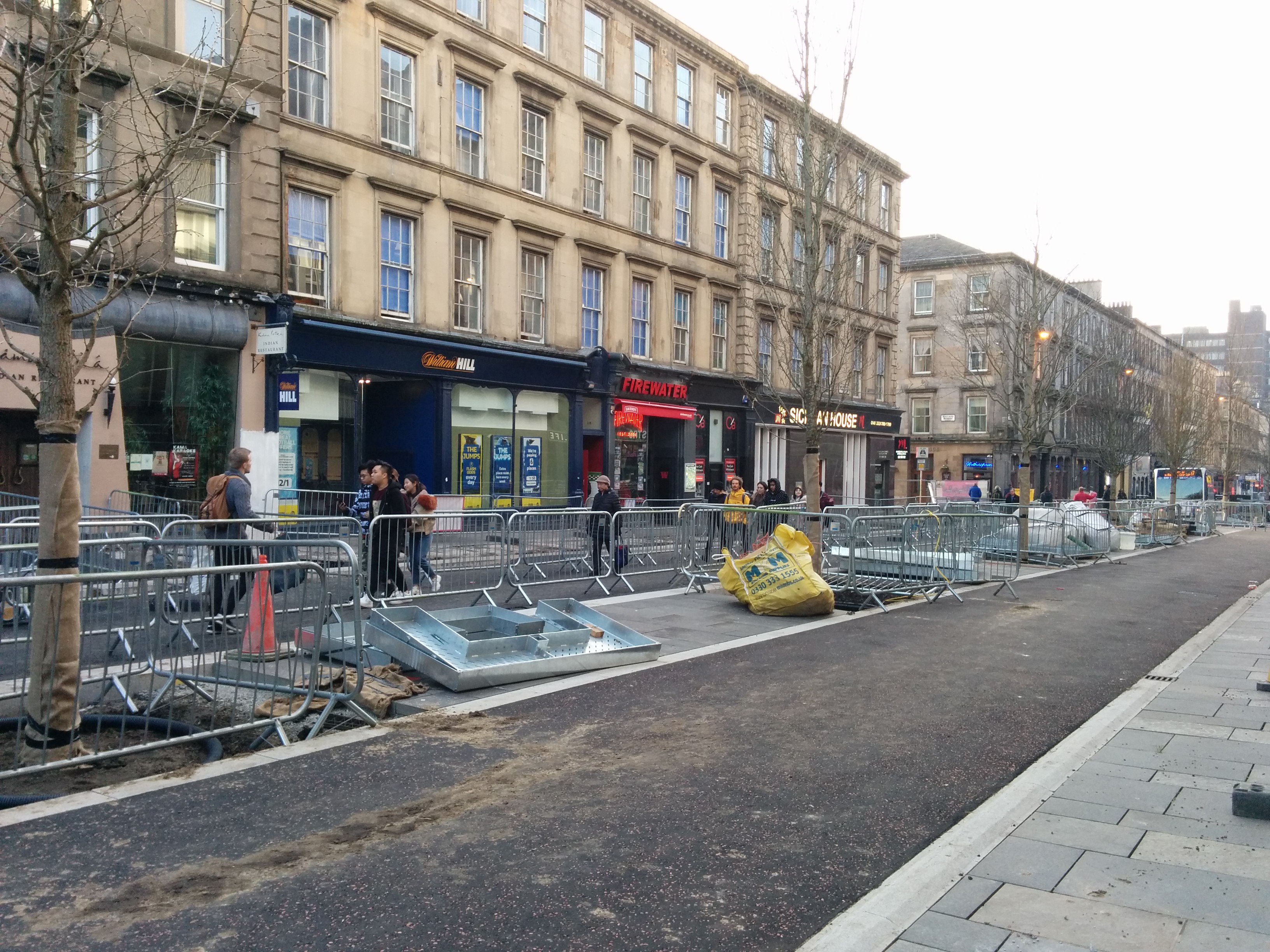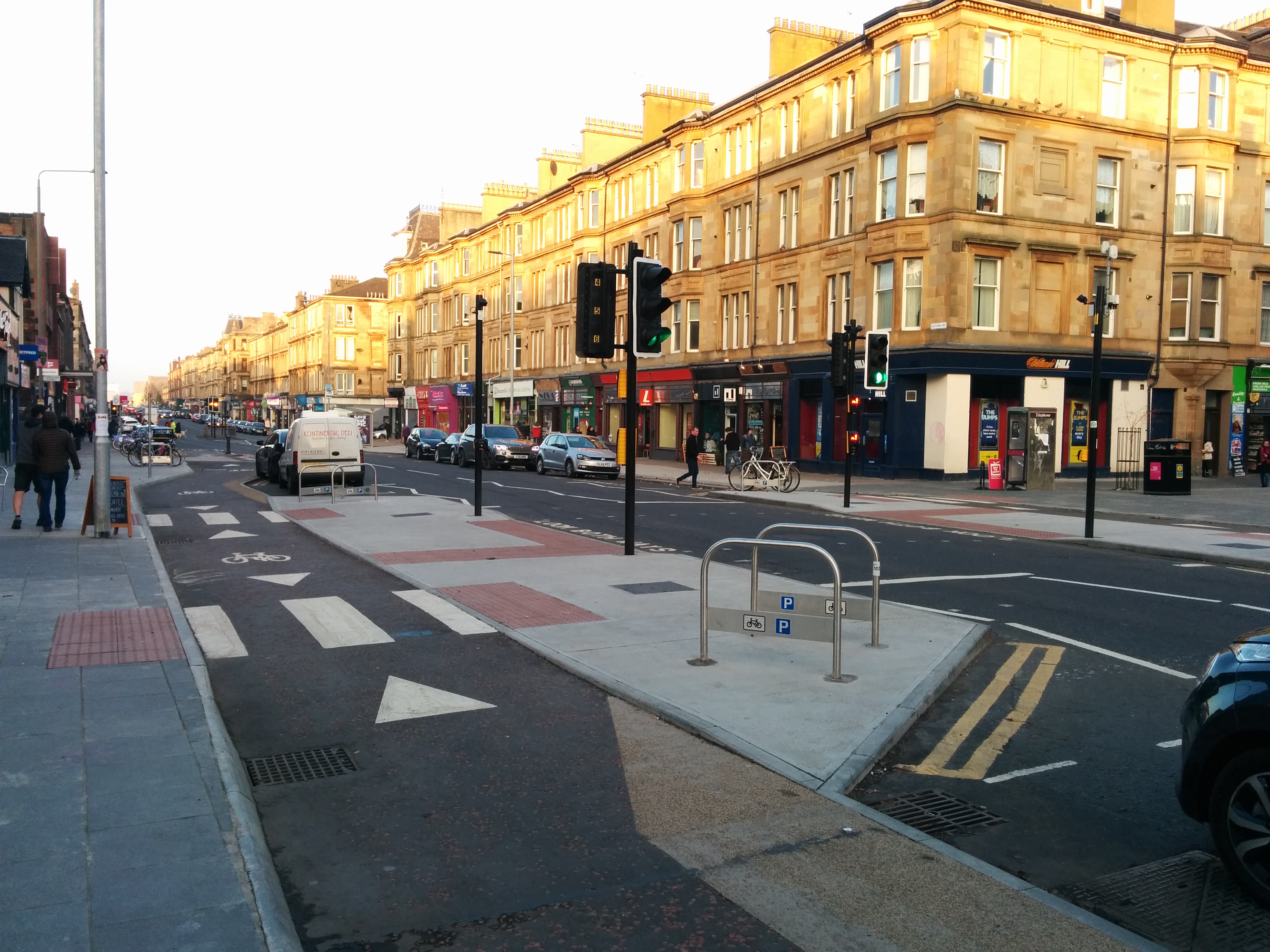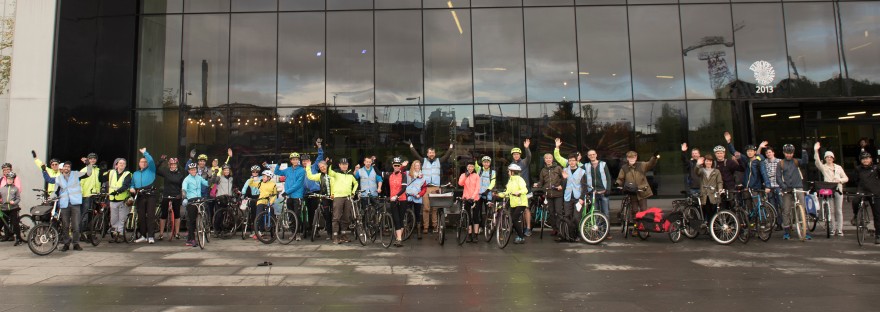What’s not talked about
Now that the University Avenue construction works are nearing completion, it’s worth assessing how we got here and what can be done.
One of the original University Avenue project’s aims were:
“Prioritise pedestrian and cycle movement along University Avenue through design. This may include reallocation of road space to pedestrians/cyclists and surface treatments”
from 2014 Gilmorehill Campus Development Framework
And yet the street remains functionally similar to how it was – a motor traffic through-route. This is often done as excess motor traffic is considered an assumed feature of city life, without explicitly being said so. But it’s worth knowing the cost it comes at.
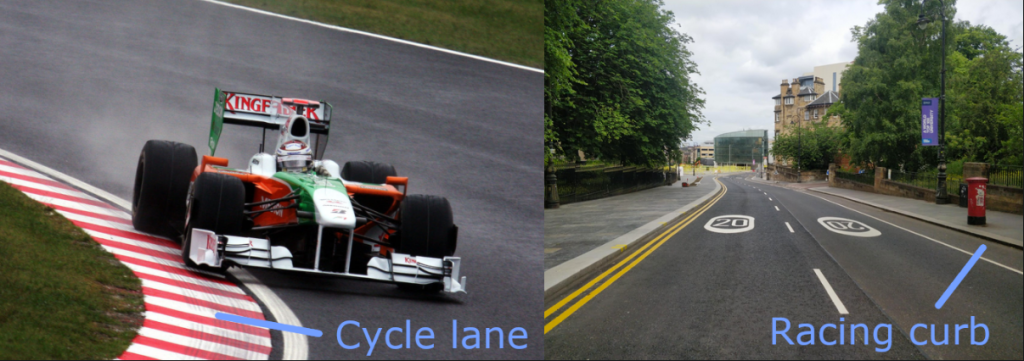
The speed limit says 20 mph, the physical layout says twice that. The painted cycle lane gives width margin for motor vehicles to go faster, rather like white and red curbs on a race track. We’re understandably expecting some people to escape this by cycling on the widened pavements.
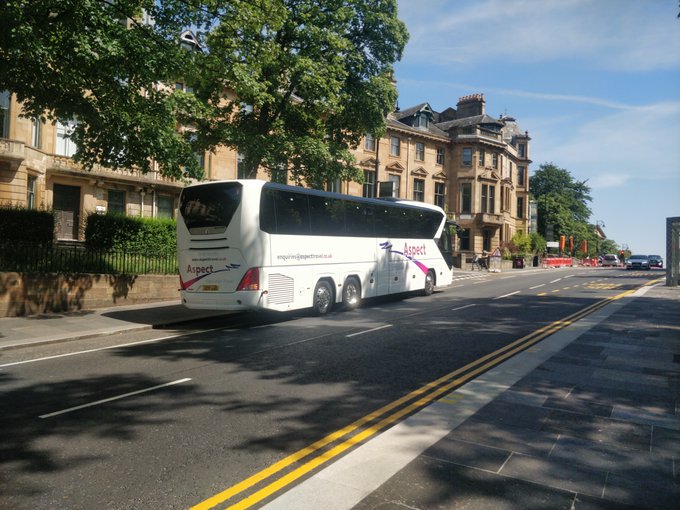
The University does have local access routes allowing you to cycle to and through the campus grounds. However a cycle network consists of a dense network of routes, including both local access roads and direct main roads. This ensures people have direct and convenient routes to get them to the places they need go.
University Avenue is an essential route in such a network, connecting east-west and Kelvingrove park, but is currently not accessible to many.
Worth Talking About
Kelvin Way was closed to motor traffic at the start of the pandemic and it has become a street of music, children playing games and learning to ride their bikes. Not something that was possible before. The two parts of the Kelvin park are now united into one safe and pleasant place for people to enjoy.
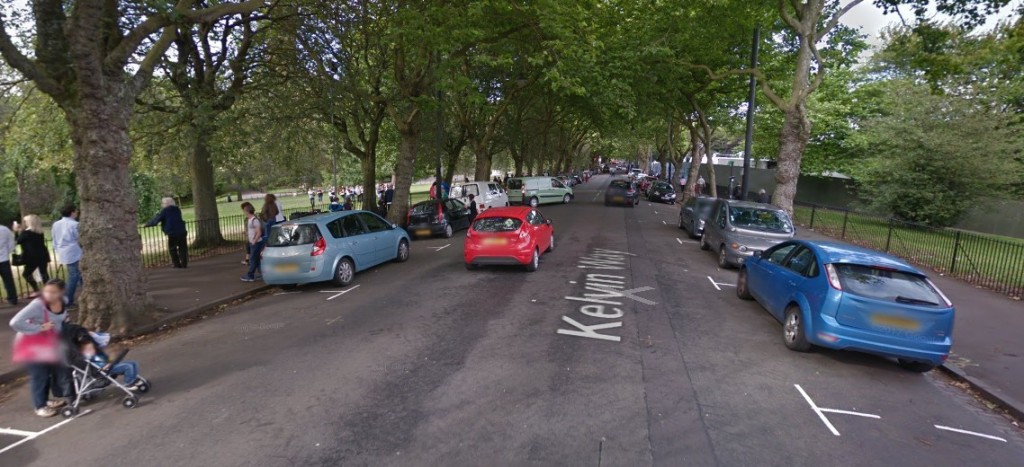
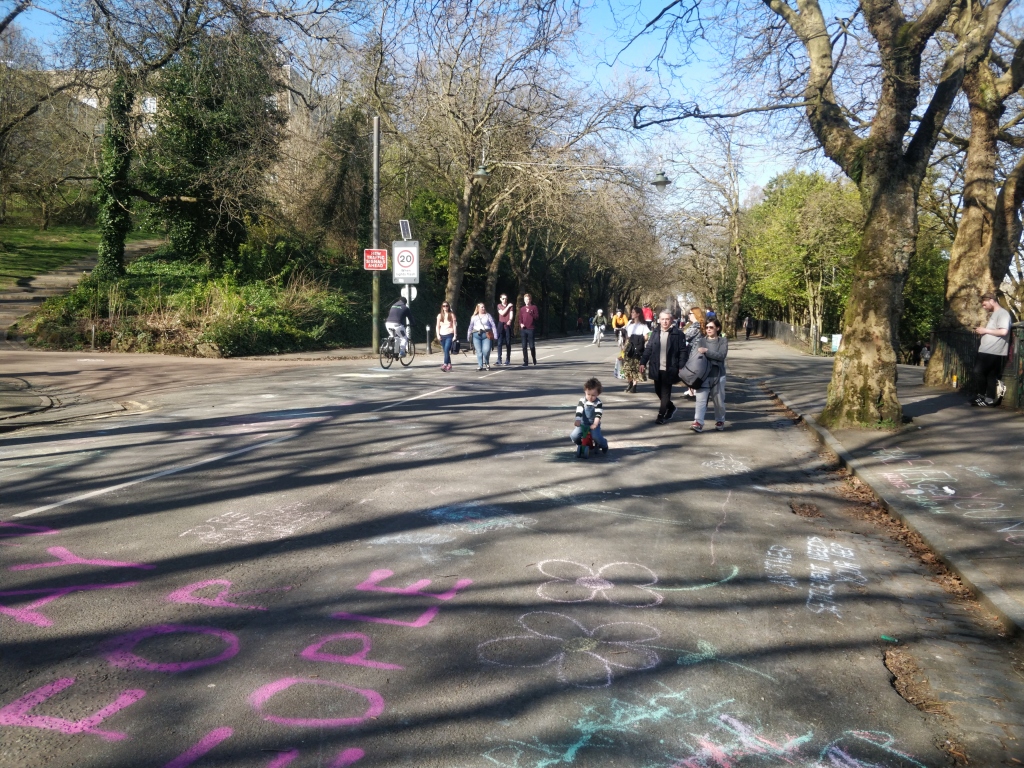
Kelvin Way shows a clear demonstration of the benefits of removing motor traffic, it took a pandemic to do the unimaginable. Can more imagination be applied to University Avenue?
So how do we fix University Avenue?
Broadly speaking there are two ways of improving the safety and accessibility of cycling with respect to motor traffic:
- You physically protect people cycling through segregation.
- You remove most of the motor traffic.
In the case of University Avenue, the tarmac has already been poured, so removing through traffic is the realistic option. Bus gates are a good way of doing this.
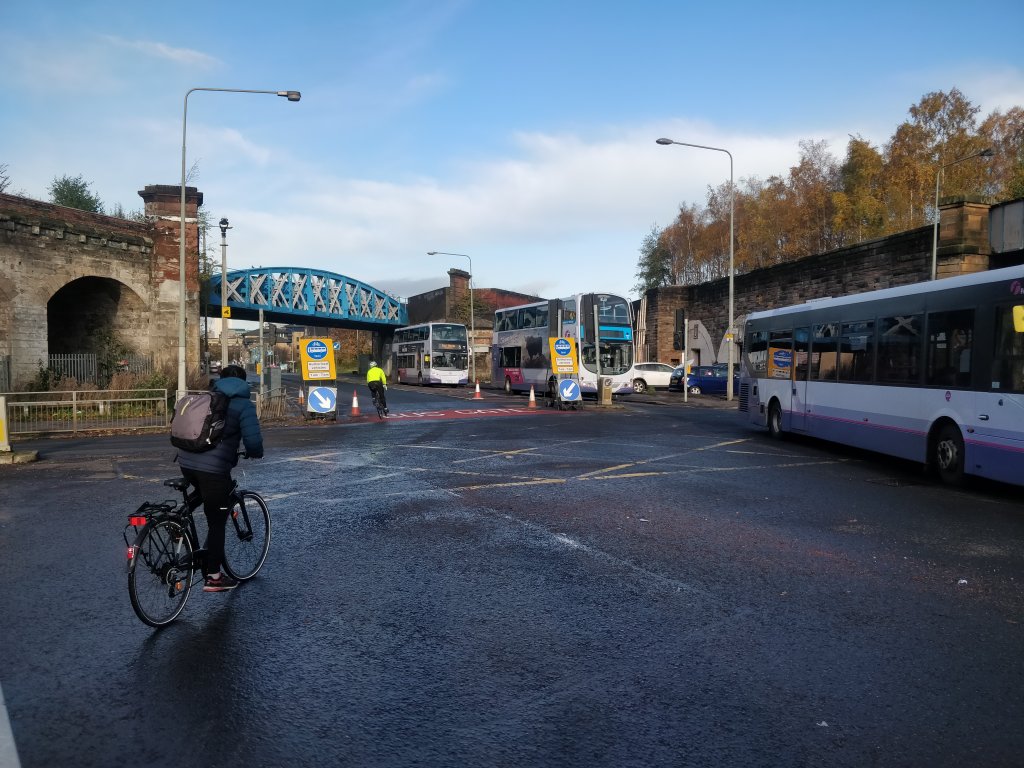
By restricting the type of vehicles that can go through the gate, it makes the road much quieter. People on buses don’t get stuck behind traffic, anyone riding bikes can enjoy a less stressful street and it is easier to cross the street. This could reunite the two sides of the University campus together much more effectively.
We could take the concept further and have average speed cameras with a very low limit, such as 10 mph. Bus number plates can be whitelisted to keep fast timetables, but anyone wanting to use the campus as a fast shortcut will be strongly discouraged. Anyone needing to access the campus with their vehicles to do deliveries or have other business can still do so without issue.
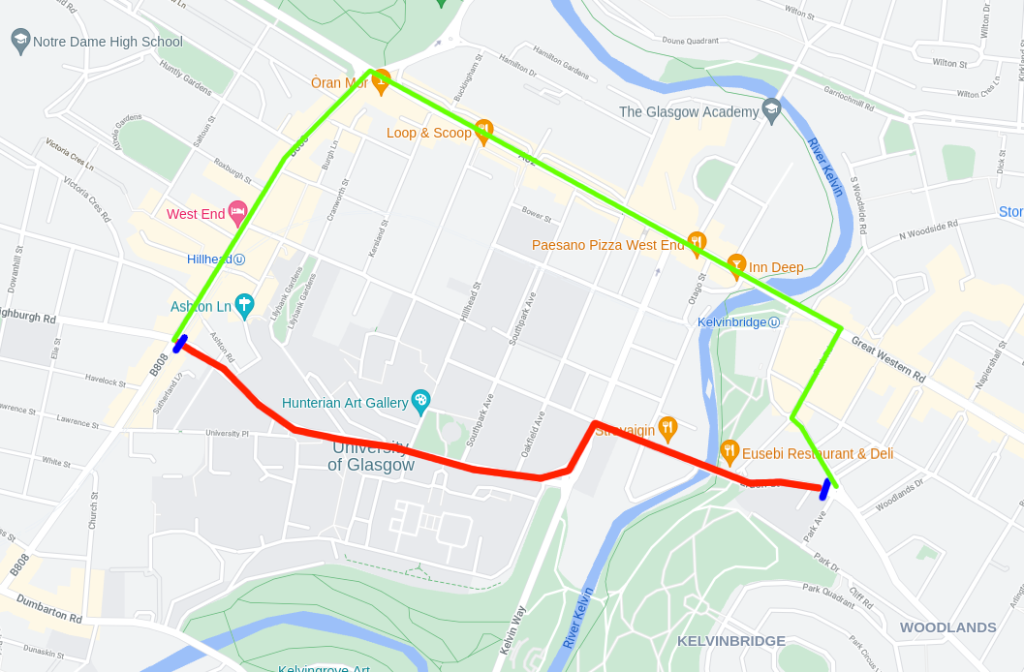
Green line – alternate route for other traffic
Blue – bus gate
If average speed cameras were placed at the junction to Byres Road and Eldon Street, it covers the university campus but still provides options to bypass the area.
With the substantial reduction of motor traffic the street becomes “nearly car free” and the road surface can be updated to reflect this.
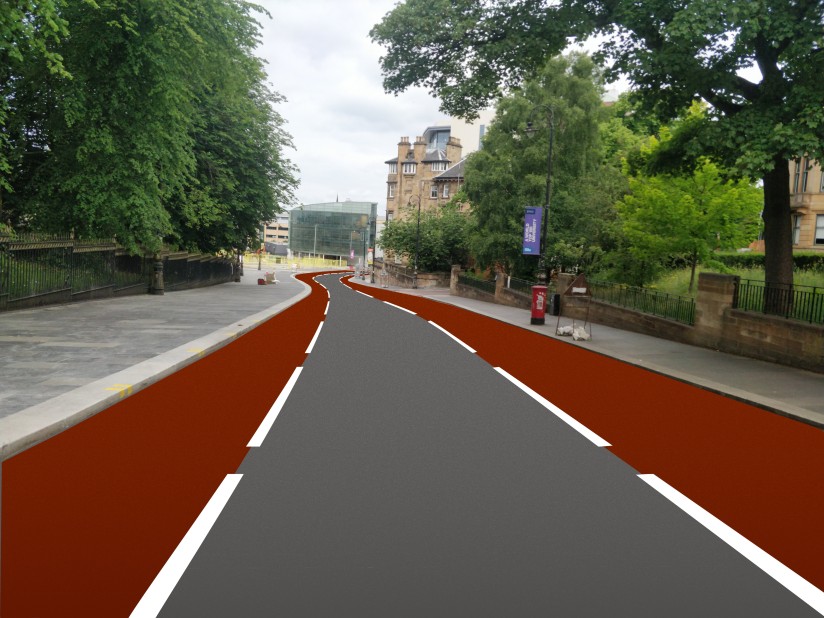
Conclusion
University Avenue remains an essential route in Glasgow’s developing cycling network. However the completed construction works have failed to make this a priority. Bus gates can salvage this situation so that we can realise the benefits that are currently being overlooked.

